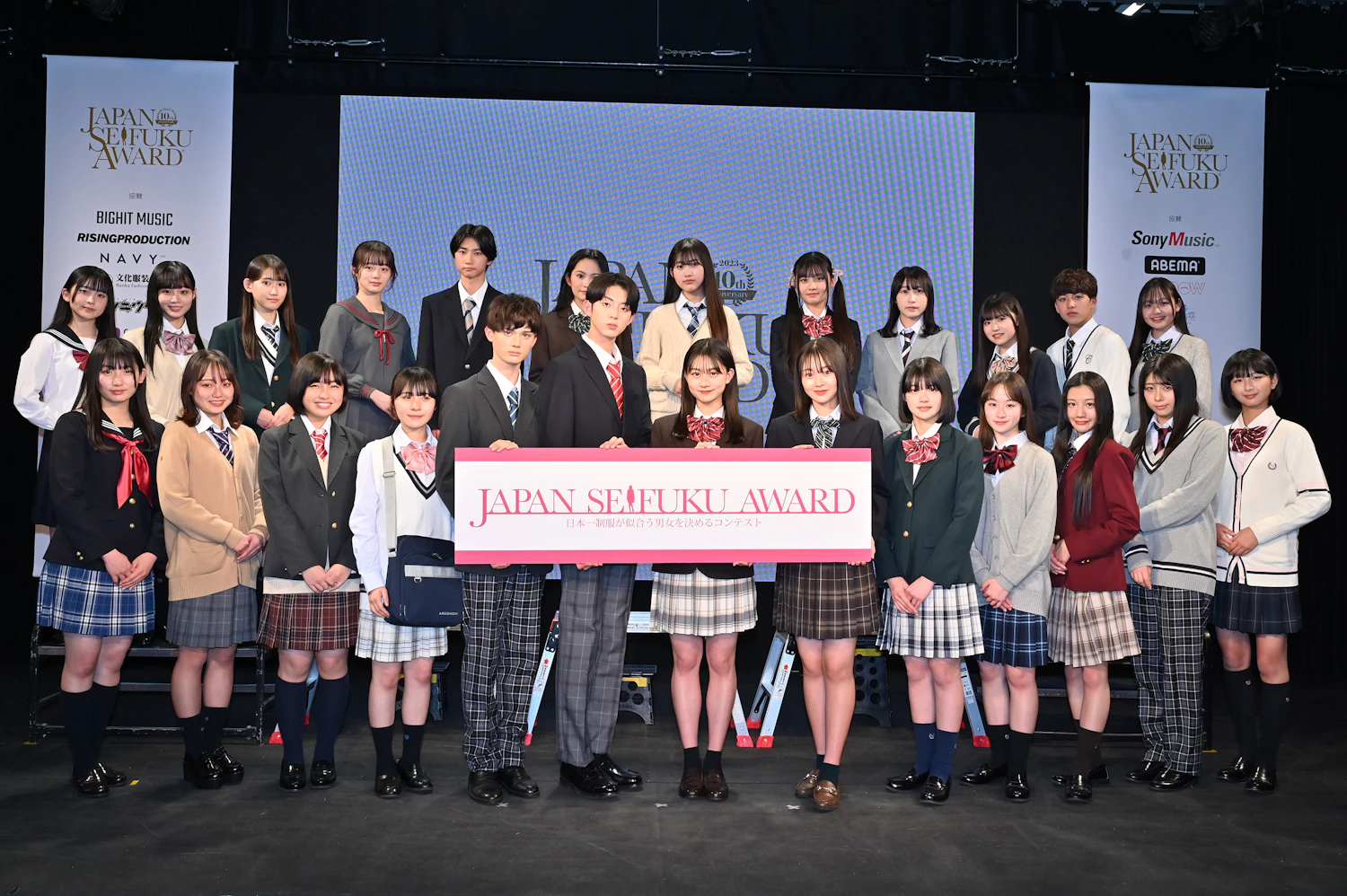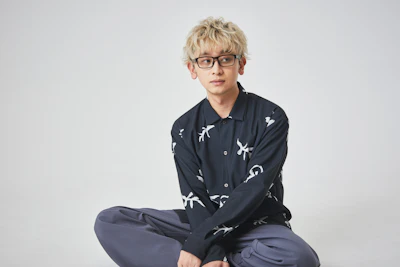01.06TUE
The Significance of the "JAPAN SEIFUKU AWARD" Created Through Collaborations Beyond the Uniform Industry

Sponsored by the Harajuku-originated uniform brand CONOMi, the JAPAN SEIFUKU AWARD is an accessible contest featuring four categories, including a contest to decide the most suitable boys and girls in uniform in Japan, the "JAPAN SEIFUKU DESIGN AWAR," the "JAPAN SEIFUKU PHOTO AWARD," and the "JAPAN SEIFUKU MOVIE AWARD."
Many students recently participated in the "JAPAN SEIFUKU AWARD" and the "JAPAN SEIFUKU DESIGN AWARD," creating collaborations beyond the boundaries of the uniform industry. On this occasion, we interviewed Jun Ogasawara from CONOMi Corporation, the company behind CONOMi, to discuss the awards, industry trends, and collaborations with other companies.
PROFILE

Jun Ogasawara
CONOMi Corporation
Producer of JAPAN SEIFUKU AWARD
Born in Saitama Prefecture. While a student, he was engaged in activities to promote Japanese pop culture globally, which led to his joining CONOMi Corporation. in 2011. He launched JAPAN SEIFUKU AWARD in 2014 and subsequently established and managed the JAPAN SEIFUKU DESIGN AWARD, JAPAN SEIFUKU PHOTO AWARD, and JAPAN SEIFUKU MOVIE AWARD series. For the 10th edition of the Uniform Award, collaboration projects beyond the apparel industry were realized, including "Tokyo Youth Film Festival," produced by entertainment producer Tsunku♂, the TV program "FUWARIAI (ふわり愛)," the anime and character song series "TSUKIUTA. (ツキウタ。)," and the game platform "fingger."
Spreading the Fun & Culture of Uniforms
First, can you tell us more about your company?
Our company does handle specified school uniforms, but our main target is junior and senior high school students whose schools don't have uniforms, known as seifuku (制服) in Japanese. We sell uniform-inspired coordinates and clothing to students who wish to wear cute uniforms.This article is for members only.
Please register to read the rest of the article.
What you can do with a membership
- Read members-only articles
and use text-to-speech. - Unlimited article favourites
and browsing history. - Attend members-only events.
- Get the latest information
with our email newsletter.
CONCEPT VIDEO
"fashion tech news" Unveils New Logo & Concept Video
TOP ARTICLES
RELATED ARTICLES
CONCEPT VIDEO
"fashion tech news" Unveils New Logo & Concept Video
CONTACT
If you have any questions or enquiries, please enter your details in the form below.

















.png?w=400&fm=webp)

